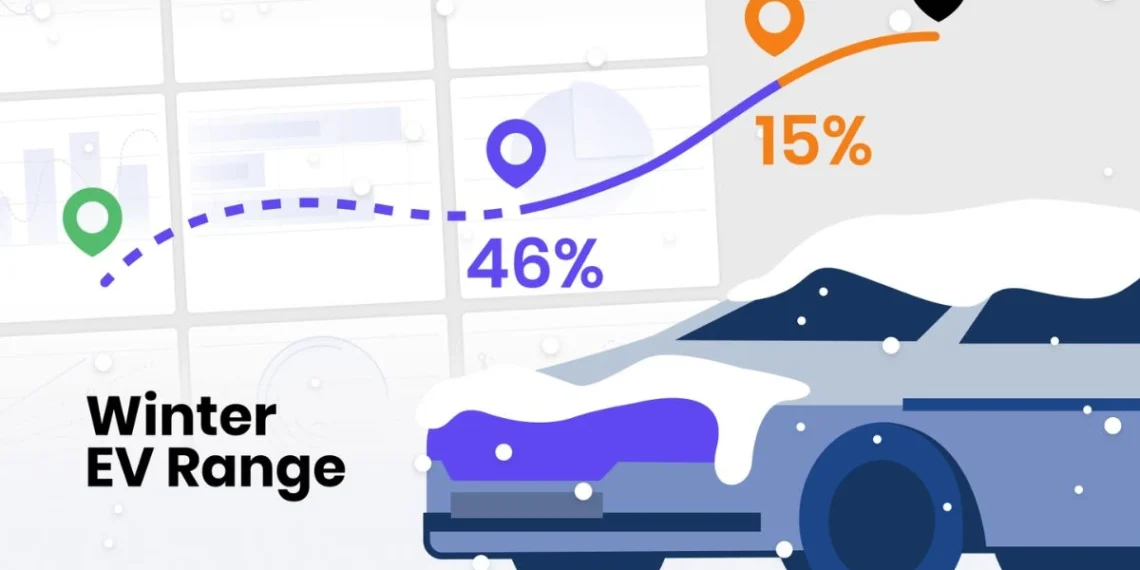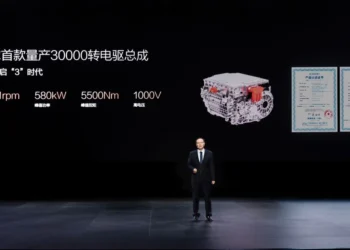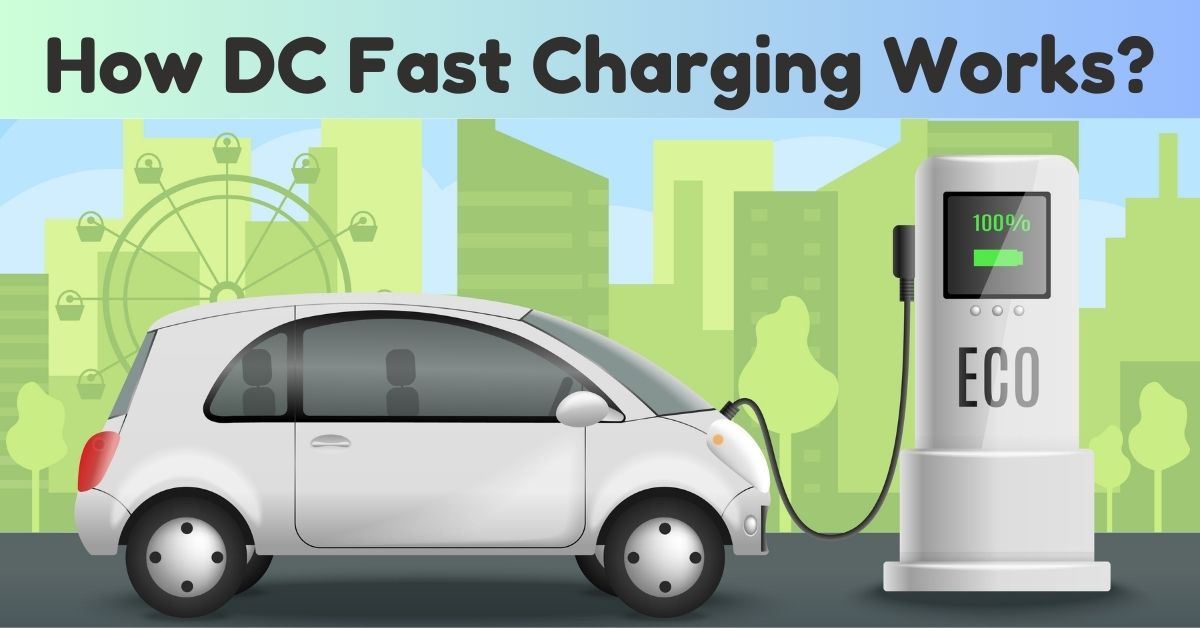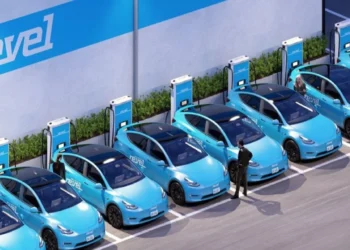Electric vehicles (EVs) offer a revolutionary solution to environmentally friendly transportation, but their performance is influenced by various external factors, with one of the most notable being cold weather. As temperatures drop, electric car owners may notice a significant decrease in the range of their vehicles. Understanding the effect of cold weather on EV range and how to mitigate these issues can help maximize efficiency and ensure a smooth driving experience, even in the harshest winter conditions.
Table of Contents
Effect of Cold Weather on EV Range: What You Need to Know
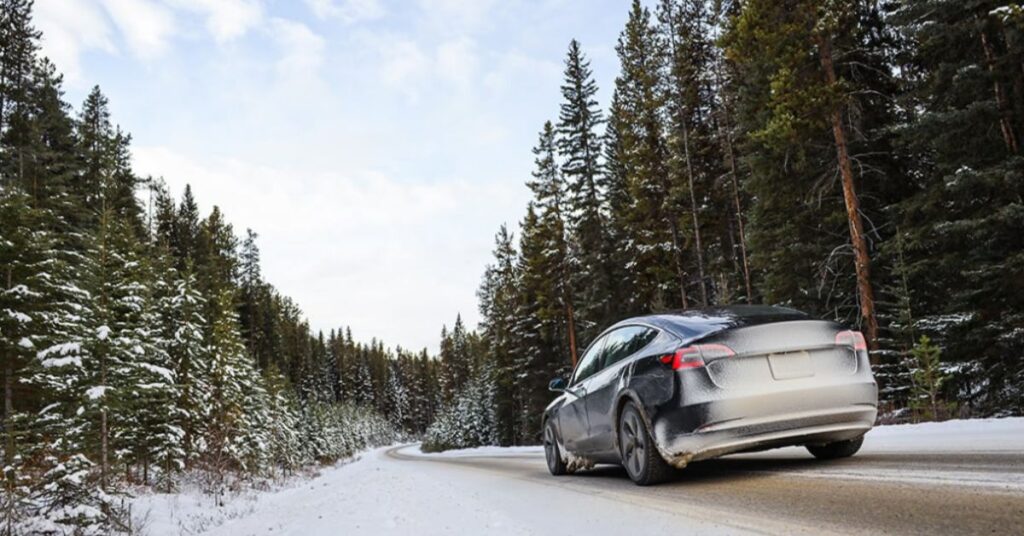
What is the EV Range?
EV range refers to the distance an electric vehicle can travel on a full charge. This is affected by several factors, including battery capacity, driving conditions, and, importantly, temperature. As temperatures drop, chemical processes inside the battery slow down, impacting both performance and efficiency. This can lead to a noticeable reduction in the range, making it crucial for EV owners to understand the factors at play.
How Cold Weather Impacts Electric Vehicles Range
Cold weather has a direct impact on several critical components of an electric vehicle. Here are the key areas where winter temperatures can reduce an EV’s range:
1. Battery Efficiency
Reduced Range in Cold Temperatures
As temperatures drop, electric vehicles (EVs) face a decrease in efficiency, which directly impacts driving range. The effect of cold weather on EV range is primarily due to the following factors:
- Battery Chemistry: EV batteries rely on chemical reactions to generate electricity. Cold temperatures slow down these reactions, causing the battery to lose some of its energy capacity.
- Increased Use of Heating Systems: Unlike traditional cars that use the heat generated by the engine to warm the cabin, electric vehicles use battery power for heating. This draws additional energy, reducing the driving range.
Studies show that EVs can experience a 15-20% drop in range during winter months, with colder temperatures pushing this reduction even further.
2. Increased Energy Use for Cabin Heating
In winter, heating the cabin becomes essential. Unfortunately, this comes at a cost: using the vehicle’s heater draws energy from the battery. The energy required to heat the cabin could otherwise be used to power the car, leading to further reductions in range.
3. Impact of Road Conditions
Cold weather often brings snow, ice, and wind, which create additional resistance on the road. This means the EV must use more energy to maintain speed, further reducing range. However, it’s worth noting that electric vehicle motors often provide better traction control than traditional internal combustion engines, making them easier to drive in icy conditions.
4. Charging Efficiency
Cold weather doesn’t only impact the driving range; it also affects the charging process. As the battery cools down, it becomes less efficient at accepting a charge. Charging times are likely to be longer in sub-zero temperatures, and in some cases, charging stations may struggle to supply power to EVs in extremely cold conditions.
Tips for Maximizing EV Range in Cold Weather

While cold weather can certainly reduce the range of your EV, there are several steps you can take to minimize the impact. Here are a few strategies to help you get the most out of your EV during winter:
1. Precondition Your EV
Preconditioning your EV before starting your journey can have a significant positive effect on both battery performance and cabin comfort. By warming the vehicle while it’s still plugged in, you can avoid using battery power to heat the cabin and allow the battery to reach its optimal temperature for maximum efficiency.
2. Use Heated Seats Instead of the Cabin Heater
Instead of cranking up the cabin heater, consider using the heated seats and steering wheel. This method is more energy-efficient and will keep you warm while preserving more of the battery’s charge.
3. Keep Tire Pressure in Check
Cold temperatures can cause tire pressure to drop, increasing rolling resistance and reducing efficiency. Make it a habit to check tire pressure regularly, especially during winter, to ensure your EV runs at its optimal efficiency.
4. Drive Conservatively
Winter conditions require more careful driving. Smooth acceleration and braking will help conserve energy and improve the overall efficiency of your EV. Using regenerative braking also helps to reclaim some of the energy that would otherwise be lost.
5. Activate Eco Mode
Most EVs have an eco mode that limits power output and moderates acceleration. This setting is particularly useful in cold weather as it helps to conserve energy and improve traction, ensuring a safer and more energy-efficient ride.
6. Plan Your Route and Charging Stops
Longer trips in the winter require extra planning. Not only should you ensure you have enough range to reach your destination, but you should also plan your charging stops. Make sure to locate charging stations ahead of time and factor in the possibility of longer charging times in cold weather.
Effect of Cold Weather on EV Range and Charging

Charging an electric vehicle in cold weather can take longer than usual. This is because cold temperatures slow down the battery’s ability to accept charge. To speed up the charging process, you may consider using fast chargers or preconditioning your battery while it’s plugged in.
- Charging Time: When temperatures drop, charging rates can slow down, so you might need to allow more time to fully charge your EV.
- Battery Temperature: EV batteries prefer being in a moderate temperature range for charging. If your car is too cold, it may take longer to charge the battery.
The Science Behind Cold Weather’s Effect on EV Range
The effect of cold weather on EV range is due to the way lithium-ion batteries function. When temperatures drop, the chemical reactions inside the battery slow down. This reduces the energy output, resulting in less range per charge. At the same time, the internal resistance increases, and the battery cannot accept electricity as quickly when charging, which slows down the process.
The Lifespan of Your EV Battery in Cold Weather
Cold temperatures not only affect the performance of your EV but can also impact its long-term battery health. Consistent exposure to freezing temperatures can lead to increased strain on the battery, potentially leading to a shorter lifespan. However, many EVs come with thermal management systems designed to protect the battery from extreme temperatures, ensuring longevity.
To help preserve your battery’s lifespan during winter, consider the following:
- Limit Charging at Extreme Cold Temperatures: Avoid charging your car when it’s extremely cold unless necessary, as doing so can strain the battery.
- Keep the Battery Warm: If possible, store your EV in a garage or sheltered area to keep it warmer and minimize temperature fluctuations.
Can EVs Handle Snow and Ice?
Yes, electric vehicles can handle snow and icy conditions, just like traditional cars. Many EVs come equipped with traction control, all-wheel drive, and winter driving modes to help navigate slippery roads. Additionally, the instant torque provided by electric motors gives EVs a distinct advantage in challenging weather conditions.
By following the tips outlined in this article and being aware of the impact of cold weather on the EV range, you can keep your electric vehicle running efficiently throughout the winter months. Stay warm, drive smart, and maximize your EV’s performance regardless of the chill!
EVs vs. ICE Vehicles in Cold Condition
It’s important to note that cold weather affects all vehicles, not just EVs. Traditional petrol and diesel cars also experience reduced fuel efficiency in winter. For example:
- Fuel Economy Loss: ICE vehicles can lose 15-33% of their fuel efficiency in cold weather, especially during short trips.
- EVs vs. ICE Vehicles: While EVs lose range, ICE vehicles consume more fuel to cover the same distance.
Gas cars waste energy heating the engine, while EVs use energy intentionally for cabin/battery warmth.
Read more: ProLogium’s Inorganic EV Battery: Charge Your EV From 0 – 80% in Just 6 mins
FAQs
How much range is lost in cold weather?
Cold weather can reduce EV range by up to 20%, depending on factors like the severity of the cold and the vehicle’s heating requirements.
How can I extend my EV range in winter?
To extend your EV range, precondition your vehicle, use heated seats instead of cabin heaters, and charge more frequently to keep your battery topped up.
Does using the heater in my EV significantly affect the range?
Yes, heating the cabin in your EV uses battery power, which can impact range, especially in extreme cold. Use seat heaters and a heated steering wheel to minimize power consumption.
How long does it take to charge an EV in cold weather?
Charging times can be longer in cold weather because the battery’s ability to accept charge is reduced. Use fast chargers or precondition the battery to speed up the process.
Can cold weather damage my EV battery?
Prolonged exposure to extreme cold can potentially shorten your EV battery’s lifespan. However, most modern EVs have thermal management systems to protect the battery from cold temperatures.
Are electric vehicles safe to drive in snow?
Yes, electric vehicles can handle snowy and icy conditions, especially if equipped with all-wheel drive and winter driving modes.


